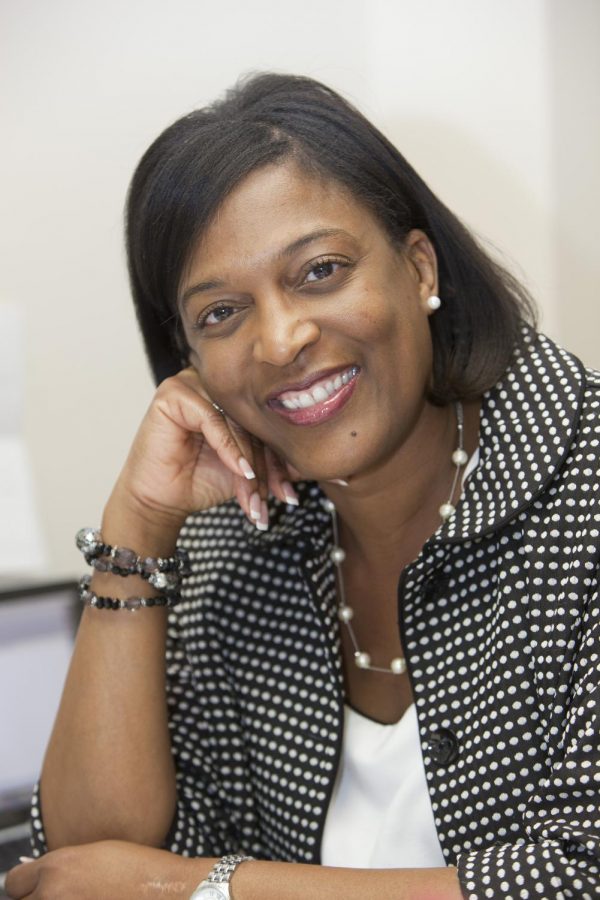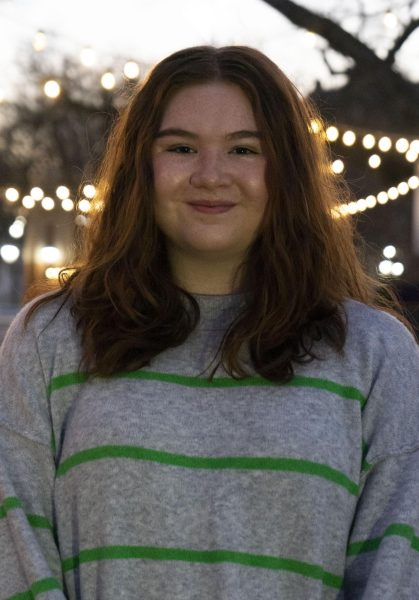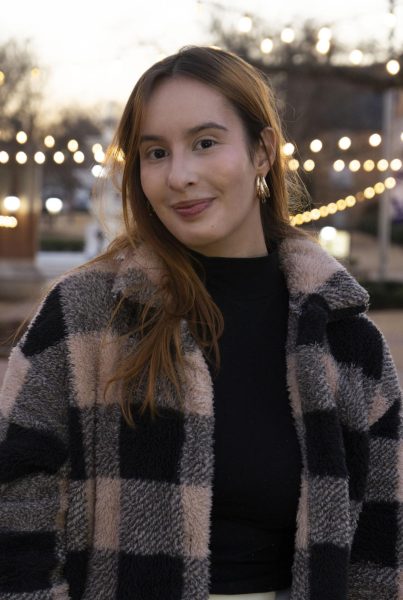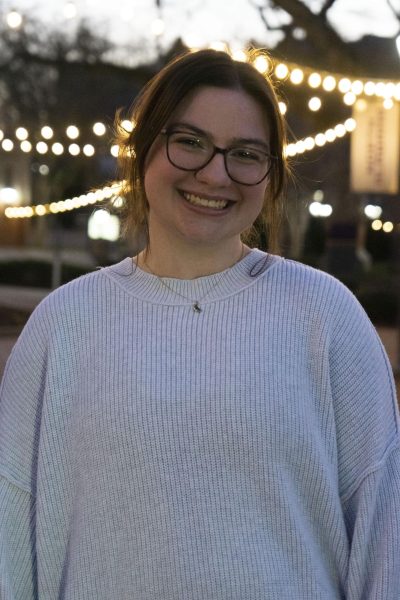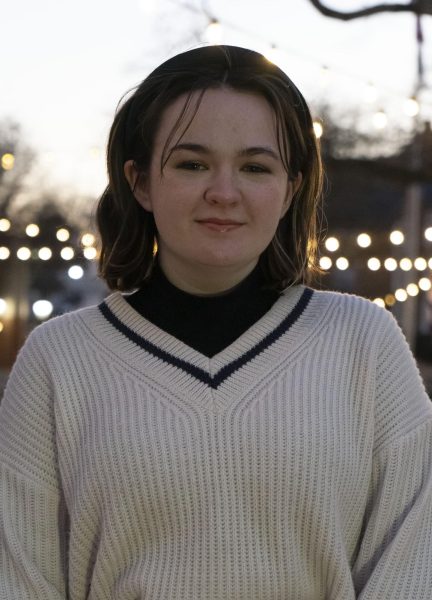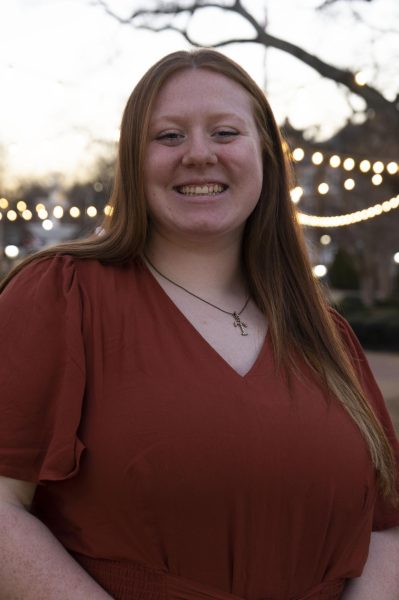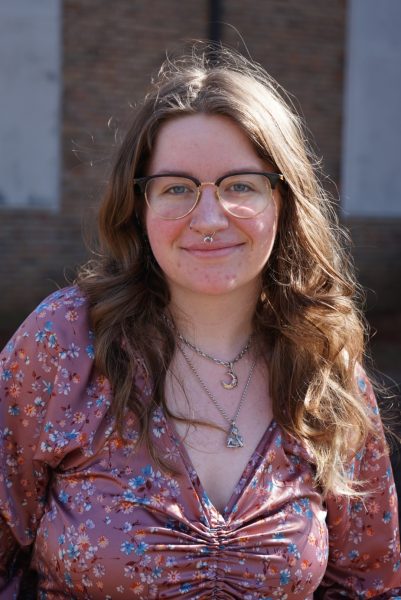Professor recounts moments of segregation
January 29, 2015
Black History Month is a great time to reflect upon where we were, where we are now and where we are going as a country.
Last month, I shared with my students I had gone to view the movie “Selma” and how it made me cry. There was sadness in knowing such atrocities actually occurred. On the other hand, there was gladness that it is no longer that way.
Black History Month also allows me to reflect on my own personal “‘60s” moments. Though they were not as pivotal, there were moments that helped shape me. They are the reasons I try to treat all people the same and with respect, regardless of the color of their skin. I was quite young. However, there are certain things in life that are never forgotten.
Until the age of 10, I attended segregated schools where everyone looked like me, spoke like me and— for the most part — acted like me and treated me well. I felt understood. The day came, however, when I had to go to an integrated school.
I was in a classroom where no one looked like me, spoke like me, acted like me or understood me. I felt alone and afraid. For whatever reason no one played with me (eventually, one girl did, and we remain friends to this day). To make matters worse, one boy whispered a derogatory animal name in my ear whenever the teacher wasn’t looking. I was taught not to fight. Therefore, I used my words.
One day, fed up, I turned around and whispered words back to him. It was not a threat, but a promise. He never used that word in reference to me again. We eventually graduated high school in the same class. In hindsight, the white children were probably feeling and experiencing similar emotions. Their world had changed, as well.
Another incident occurred in which my mother and I were shopping in our hometown around lunchtime. We had to enter a restaurant through a side door and eat in a small, narrow room next to the main restaurant. I could see people eating in the larger dining area of the restaurant. I looked up and asked my mother why we couldn’t eat on that side, too. She simply said, “Hush, child.”
I did.
Another time I recall being forced to sit in the upper balcony of the movie theater — the same as with the restaurant. I never learned why.
Lastly, as a scout at a camp in Tennessee, I felt fear and shame as some of the counselors called us the “N” word and shoved us underneath a cold sprinkler before we could enter the swimming pool. I did not tell my parents until last year.
I share all of this to say we should continue to learn from our history and from day-to-day life. Anyone who has spent time with me knows I appreciate, encourage and love diversity. Maybe it is that little girl from all those years ago doing her part to make sure no one else feels the way she felt. In the meantime, I hope to inspire and embolden students to learn about and embrace diversity while they are a part of a larger, university community. Black History Month is a wonderful reminder to do that. It also is a good time to reflect on a country that, though shaped by its history, is no longer bound by its history. Diversity — embrace it, teach it and live it.


